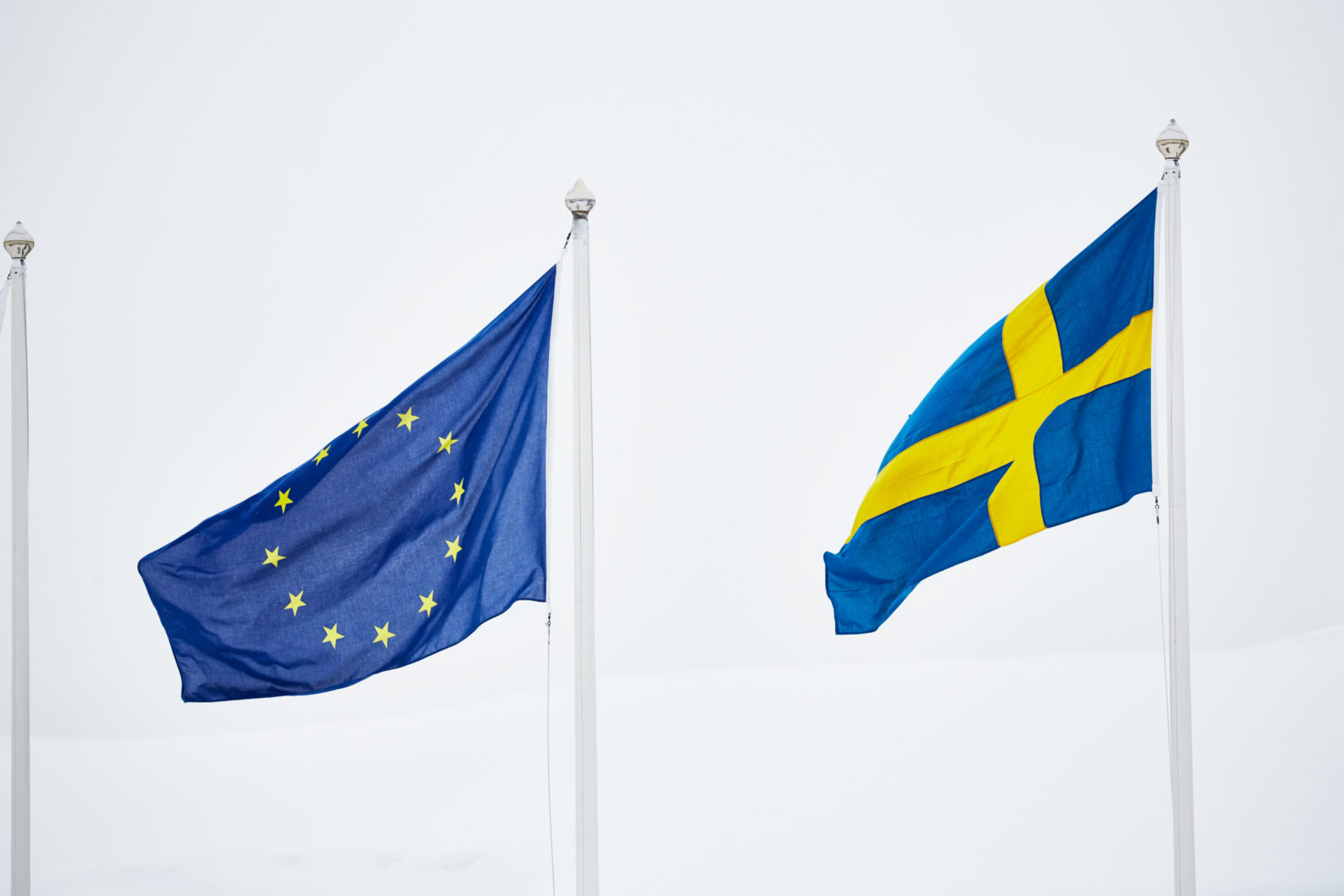During the Swedish EU chairmanship in 2009, the EU adopted a common strategy for the Baltic Sea region. Also in 2009, the EU Eastern Partnership was launched, after an initiative from Sweden and Poland. Both events marked the beginning of a decade of ambitions to bring the countries in the Baltic Sea region and in the Eastern Partnership closer together.
Sofia Wennerstrand is the Swedish national coordinator of the EU Strategy for the Baltic Sea Region:
– I do believe that the EU Strategy for the Baltic Sea Region has succeeded in linking the countries in the region together. When Estonia, Latvia, Lithuania and Poland joined the EU in 2004, the Baltic Sea almost became an EU inland sea. That opened up for new possibilities to use the EU membership for more cooperation in the region.
With a long tradition of cooperation in the region, the EU document has offered a strategic framework, she says.
– The EU strategy is a starting point for collaborations that the EU member states find relevant and necessary to focus on. It contributes to transparency and facilitates contacts between countries, regions, cities and organizations, but also between different sectors.
She points to the fact that the countries in the Baltic Sea region are facing several common challenges. For instance, the poor environmental state of the Baltic Sea and vast geographic distances.
– We can achieve more by working together and allocating our resources rather than working separately.
The EU Eastern Partnership involves six Eastern European countries; Armenia, Azerbaijan, Belarus, Georgia, Moldova and Ukraine. Anna Westerholm, Sweden’s Ambassador for the EU Eastern Partnership, believes that the relations between the EU and these countries have been strengthened on multiple levels, and for mutual benefit, over the past ten years.
In particular, she mentions the relations between Sweden and the three associated countries Georgia, Moldova and Ukraine.
– The EU also has far-reaching free trade with these countries. This facilitates the countries’ exports to Sweden and EU, as well as Swedish companies’ trade with and investments in these countries.
Another example of results of the Eastern Partnership is visa free travels with these three countries and simplified visa regulations with the three others, which has boosted business travels as well as tourism.
– This has contributed to increased knowledge and understanding in Sweden about our neighboring countries in Europe´s East.
Looking ahead, Anna Westerholm is optimistic.
– Impressive progress has been made in the course of ten years, although the development has not been – and cannot be expected to be – linear. The achievements so far provide a basis for optimism for the future, although several significant challenges remain. And within the context of the Eastern Partnership, as well as on a bilateral basis, we keep supporting democratic development, human rights and Rule of Law – to mention but a few of the central Swedish priorities.
The EU Strategy of the Baltic Sea Region
It is one of the macro regional strategies of the EU which involves Germany, Poland, Lithuania, Latvia, Estonia, Finland, Sweden and Denmark. It also reaches out to neighbouring countries such as Russia, Belarus, Iceland and Norway. The three objectives of the strategy are to save the sea, to connect the region and to increase prosperity. Read more
The EU Eastern Partnership
The objective is to strengthen the relations between the EU and Ukraine, Moldova, Georgia, Armenia, Belarus and Azerbaijan. The three former countries have association agreements with the EU. It covers four main priority areas; Stronger economy, stronger governance, stronger connectivity and stronger society. Read more.
The Swedish Institute in the Baltic Sea region
Swedish Institute seeks to strengthen Sweden’s relations and develop cooperation with the countries around the Baltic Sea and the countries of the Eastern Partnership. The EU Strategy for the Baltic Sea Region and the EU Eastern Partnership provide important frameworks for our activities in the region. Read more about the activities of the Swedish Institute in the region.
